Evoking a time when travel was sophisticated, elegant and comfortable, the new Toyota Avalon possesses a distinctive new exterior style while offering a restyled interior rich with premium touch points and practical new technologies. Toyota introduced the boldly redesigned 2011 Toyota Avalon at the 2010 Chicago Auto Show. The third generation Toyota Avalon was introduced in four models: the standard XL, the sport Touring, the XLS, and the luxury Limited. Each combined generous interior room with powerful engine performance.
2011 Redesigned Toyota Avalon Third Generation
Designed at Toyota’s Calty Design Research in California, and assembled at Toyota’s Georgetown Kentucky manufacturing plant, the third-generation Avalons all have front grilles with horizontal chrome bars, large tail lamps, distinctive trunks, and dual exhaust outlets.
Even with numerous refinements inside and out, the Toyota Avalon remains true to the idea that comfort is honest and uncomplicated, and "Traveling Avalon Class" is rich in simple, familiar pleasures.
2011 Redesigned Toyota Avalon Third Generation
The new Toyota Avalon has dynamic and expressive lines, and an infusion of comfort, safety and technology advancements that enrich the driving experience. Upgraded equipment and technology features, such as a touch-screen navigation system with real-time traffic, and Bluetooth® hands-free phone capability with music streaming to the audio system are among the improvements that enhance the 2011 Avalon's excellent blend of spaciousness, comfort and technology.
2011 Redesigned Toyota Avalon Third Generation
"The Toyota Avalon has long been appreciated by smart, conscientious consumers who recognize quality materials and the beauty of detailed craftsmanship," said Bob Carter, group vice president and general manager, Toyota Division, Toyota Motor Sales, U.S.A. "The changes made for 2011 will allow us to build on our position in the premium large car segment. The competition does not stand still, and neither do we."
2011 Redesigned Toyota Avalon Third Generation
Restyled at Calty Design Research in Newport Beach, Calif., the Toyota Avalon is assembled at Toyota Motor Manufacturing Kentucky (TMMK), a "zero landfill" facility that also assembles the Camry, Camry Hybrid, and Venza. It was also developed at the Toyota Technical Center (TTC) in Ann Arbor, Mich. For 2011, Calty restyled Toyota Avalon to project an elegant, outgoing presence. A wider, more substantial grille ties into state-of-the-art projector headlamps, working with a broad, undisturbed front hood to suggest a lowered center of gravity and emphasize the Toyota Avalon's wide stance.
2011 Redesigned Toyota Avalon Third Generation
A power rear sunshade, deployable via a one-touch lever, filters direct sunlight coming through the rear window. The sunshade, which helps to protect rear seat passengers from unwanted light and heat, automatically detracts when the driver selects reverse gear. Toyota Avalon's exceptional combination of ample horsepower and excellent fuel economy offers one of the best overall dynamic performances in the large sedan segment.
2011 Redesigned Toyota Avalon Third Generation
The 2011 Avalon is powered by a 24-valve, dual-overhead cam 3.5-liter V6 engine that produces 268 horsepower at 6,200 rpm. The engine is equipped with the latest dual VVT-i electronic valve-control mechanism that provides a broader powerband, while requiring less fuel and generating fewer emissions. It is mated to a multi-mode six-speed automatic transmission. The 2011 Toyota Avalon is an Ultra Low Emission Vehicle (ULEV), EPA-estimated to deliver 20 mpg in the city, 29 highway, and 23 combined, as good as or better than any V6 model in the segment.
2011 Redesigned Toyota Avalon Third Generation
The 2011 Toyota Avalon will be available in two grades when it arrives in showrooms in the spring of 2010, Avalon and Limited. Both grades will be well equipped with standard equipment like eight-way leather-trimmed power driver's seats, back-up camera, dual zone automatic climate control with air filtration, moonroof and 17-inch alloy wheels. Toyota Avalon will be available in nine exterior colors including three new colors: Zephyr Blue Metallic, Cypress Pearl and Sizzling Crimson Mica.
 toyota cars
toyota cars toyota cars
toyota cars toyota cars
toyota cars toyota cars
toyota cars toyota cars
toyota cars toyota cars
toyota cars toyota cars
toyota cars toyota cars
toyota cars toyota cars
toyota cars toyota cars
toyota cars






 2011 Toyota FJ Cruiser price increase, A day after a Japanese manufacturing company, Toyota announced quietly on a pretty high price increases of the Toyota FJ Cruiser 2011. The automaker is back with a new model to dissolve the blow an increase of U.S. $ 1,100 for the Toyota FJ Cruiser Trail Team special edition. Trail Team is not the kind first of its kind, specifically for the FJ Cruiser is for sure with the latest technological changes and move forward.
2011 Toyota FJ Cruiser price increase, A day after a Japanese manufacturing company, Toyota announced quietly on a pretty high price increases of the Toyota FJ Cruiser 2011. The automaker is back with a new model to dissolve the blow an increase of U.S. $ 1,100 for the Toyota FJ Cruiser Trail Team special edition. Trail Team is not the kind first of its kind, specifically for the FJ Cruiser is for sure with the latest technological changes and move forward.









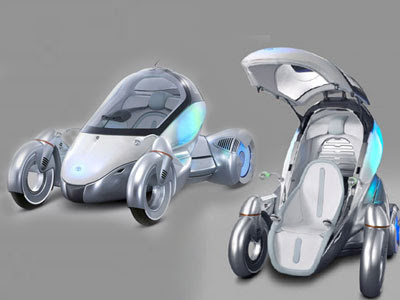





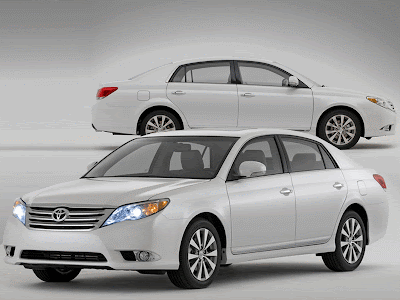
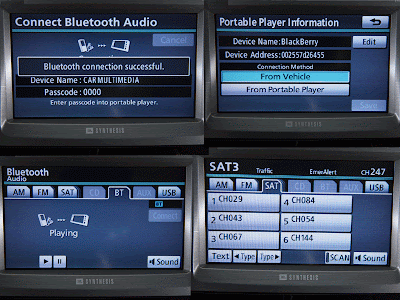
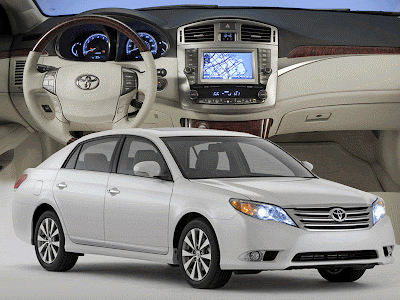
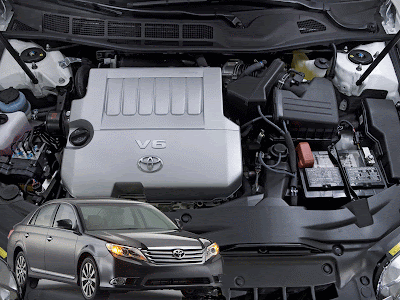











 It is a luxurious, four-seat version of the Alphard. "By-wire" technology
It is a luxurious, four-seat version of the Alphard. "By-wire" technology Alphard Hybrid Minivan can generate up to 1,500 watts and is equipped with standard 100-volt AC power outlets, allowing a wide range of appliances to be used, such as laptops and emergency lights. The electrical outlets can also be used to recharge items such as power-assisted bicycles and electric carts, adding a new dimension to leisure activities.
Alphard Hybrid Minivan can generate up to 1,500 watts and is equipped with standard 100-volt AC power outlets, allowing a wide range of appliances to be used, such as laptops and emergency lights. The electrical outlets can also be used to recharge items such as power-assisted bicycles and electric carts, adding a new dimension to leisure activities. Built-in electronic toll collection
Built-in electronic toll collection 1st Generation (2002-2008)
1st Generation (2002-2008)